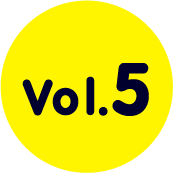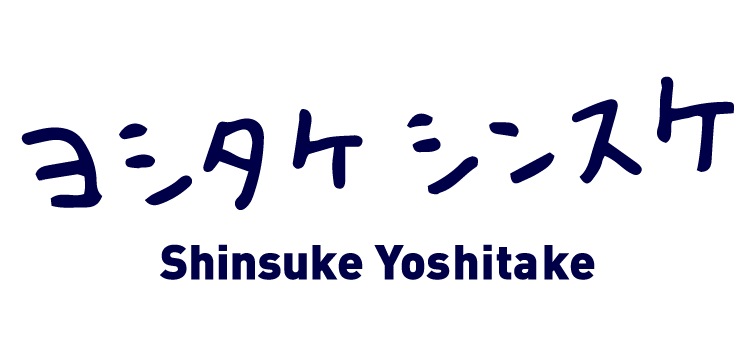What does it mean to write? Writing is a very simple task one can do with only a pen and paper. And yet, there’s an incredible amount of power to it, such as expressing your feelings to someone, gathering your thoughts into one place, leaving behind a record of present events to look back on in the future . . .
We’ll be using the Hobonichi Techo 2019 release to take another look at the action of writing, pondering and discussing what makes it so fun and what makes it so mysterious.
In this special article, we’ve taken a closer look at 10 people who draw and write in their professional or personal lives, checking out their favorite writing tools and hearing all about their writing process. We hope you enjoy reading all about the wide variety of approaches to writing.
What does it mean to write?


“I want to write about things so mundane that if I don’t write it down immediately I’d forget it right then and there.”
We set out to capture the moment a character is created by the left hand of children’s book author Shinsuke Yoshitake. Yoshitake searches for the secrets of the world hidden inside little details. For him, the need to draw is almost like an impulse.
ProfileShinsuke Yoshitake
Born 1973 in Kanagawa Prefecture.
Illustrator and children’s book author.
Creates comics, children’s book illustrations, drawings, and illustrated essays about the little things in our daily lives.
Won first place in the 6th Annual MOE Children’s Book Awards and won the Art Prize for the 61st Annual Children's Publishing Culture Awards with his debut book. It Might be an Apple.
Other books translated in English include:
Still Stuck
What Happens Next?
Can I Build Another Me?






